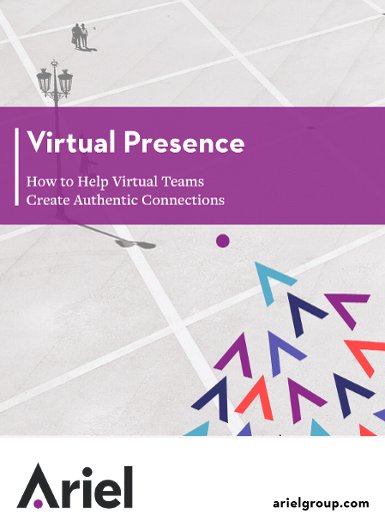4 Steps to a Knockout Presentation Deck

Did you ever wonder why so many presentations lack a logical flow, visual appeal and a clear purpose? Or why presenters bore their audiences by showing slides that look like pages out of a novel, saying: “I know you people probably can’t read this”? These types of presentations gave birth to the expression “Death by PowerPoint®.” Taking the time to plan helps you avoid it.
1. Keep your purpose in mind
Always start with your ultimate goal with the presentation. You are probably a busy professional who needs to persuade someone to do something. You want your audience to embrace your proposal, solution, product or service, and you need it to happen fast. Think carefully: you may think your goal is to “make a sale,” but the most realistic outcome of your presentation may be to get the leaders to agree to assess their needs. Pinpointing your purpose helps you achieve your goal.
2. Focus on your audience
Once you have determined your purpose, put yourself in your audience’s shoes:
-
Who are they? For example, do they all speak the same language?
-
What do they know about the topic at hand? Are they receptive to the information? Indifferent?
-
What precisely do you want the audience to do at the end of the presentation? Call a meeting? Commit to a budget amount?
A presentation is never about you; it is about the audience. They need to know what is in it for them, so be explicit. Why should they listen to your arguments?
3. Get your message across
You need to structure your presentation carefully for maximum impact. Business writing courses can help you develop a strategy and logical flow that gets your key message across most effectively.
Here are a few ways to catch, and keep, your audience’s attention:
-
Keep slides for stand-up presentations brief and to the point. Follow the 6×6 guideline: no more than six lines of text with six words per line. Standalone decks can be denser.
-
Add a variety of visuals that highlight your message, especially key points. Use graphics or charts to summarize information, or add emotional impact with pictures.
-
Focus on the “you”—connect with the audience with language that is personable and direct. Generic presentations that are a patchwork of older ones are out; audience-focused presentations that answer the questions people might ask are in!
4. Wrap it up with an action step
At the end of the presentation, remember your purpose and close with a clear action step. What do you want the audience to do now?
Just as with any writing, proper planning helps you reach your presentation objectives. In fact, sending your whole team to writing training targeted at presentations will save you time and make your meetings action-packed and stimulating.
